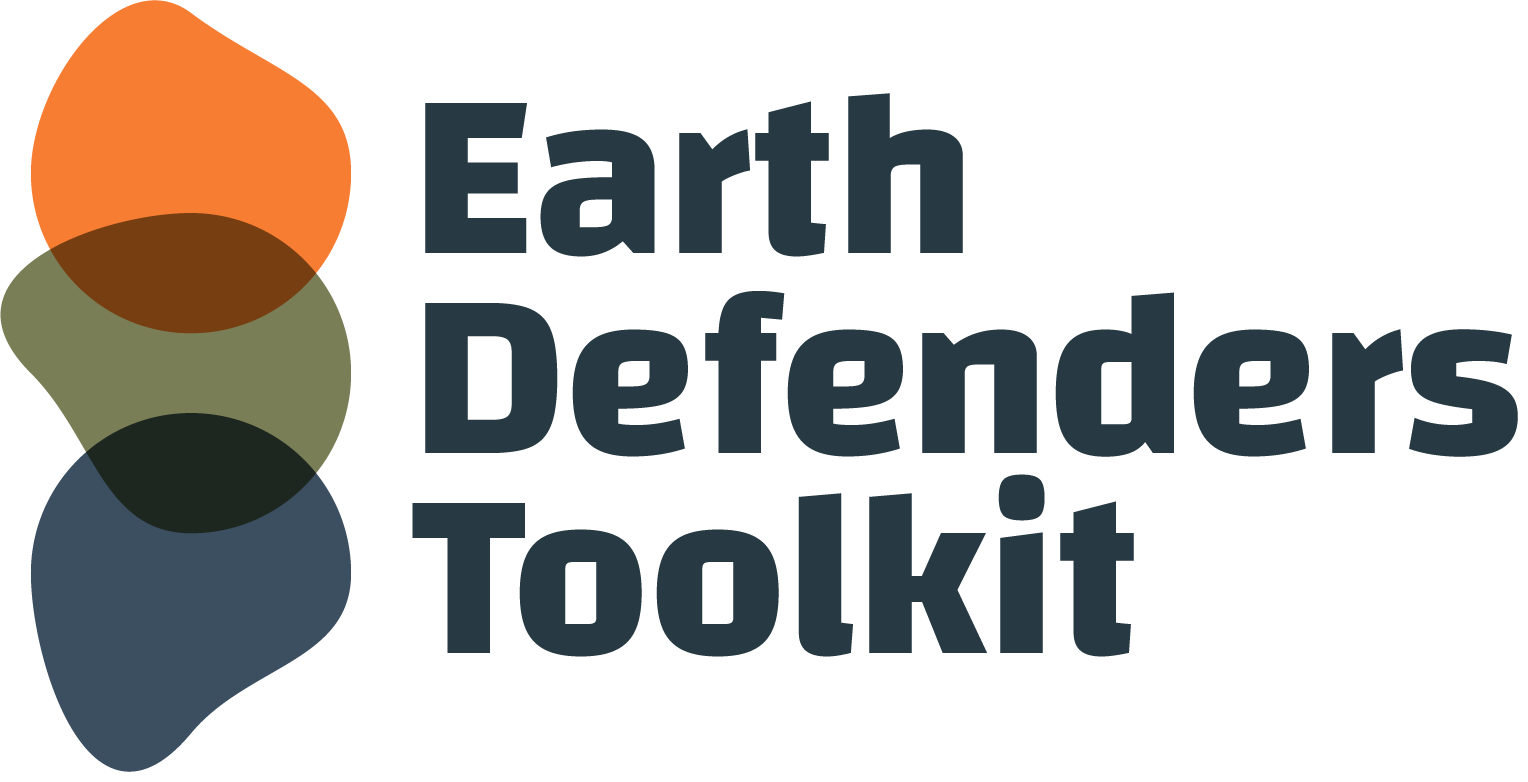We are working on a workflow where we want to keep track of the spatial location of media content that is captured on a device such as a camcorder, camera, or camera trap. This could be for place-based oral histories, drone footage, or biodiversity data in a media format.
Using applications like Mapeo, KoboToolbox, Survey123, OpenDataKit, it’s possible to take photos and in some cases record audio as well. But what if the media content is captured externally i.e. not directly through these data collection forms, and not even on the same device at all?
One solution would be to add a describe media text field in these spatial data collection forms, where users can fill out information about any linked media content. This could be the names of clips/files being generated as seen on the external device or just a narrative description of what the media footage looks like, so it can be manually linked with the geospatial data later.
But there are probably better ideas on how to do this as well. It would be great to learn from others how you’ve gone about doing this, or if you have any suggestions.
